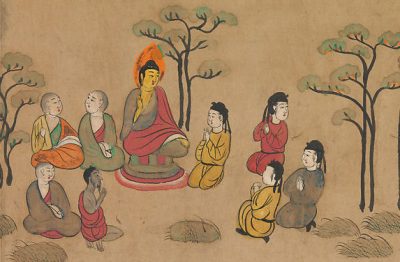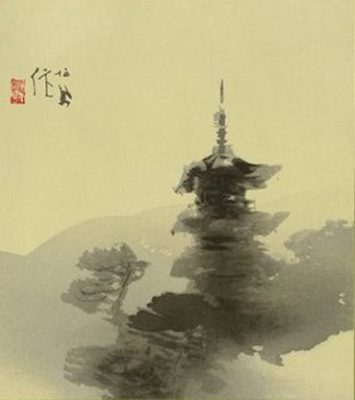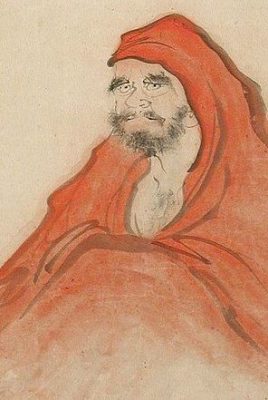Japan Art and Buddhism Throughout the Ages
Lee Jay Walker
Modern Tokyo Times

The Nara Period marks the cradle of high culture in Japan, encompassing most of the eighth century. While Kyoto would later gain greater international recognition, its cultural foundations are deeply rooted in the legacy of Nara. This era played a pivotal role in integrating Buddhism into the political and cultural fabric of Japan.
During the Nara Period, there was a significant expansion of artistic expression, literature, poetry, and other forms of high culture. Although Buddhism and these cultural elements existed before this time, it was under the rule of Nara’s elite that they became institutionalized within the state. A key moment in this development occurred in 741, when Emperor Shōmu established a nationwide system of provincial Buddhist temples, firmly embedding Buddhism into Japan’s political structure.

Takeuchi Seihō (1864–1942) created the stunning artwork shown above. His work—like that of other artists—highlights the enduring importance of Buddhism in Japan. In this piece, he depicts the iconic Yasaka Pagoda, a prominent historical Buddhist landmark.
The MOA Museum of Art says, “The art scenes in the mid-nineteenth-to-early-twentieth century Japan underwent a dramatic transformation, strongly influenced by the incoming European philosophy of art and new techniques in conflict with the mood for preserving traditional arts. This was the context in which Kyoto-based artist Takeuchi Seihō (1864–1942) developed his successful career. He was trained in the painting tradition of the Shijō school, and yet also developed skills in a wide spectrum of artistic expressions, from the Kano school to literati painting and European realism. His quest for new expressions culminated into his unique style, which stirred a revolution in the Kyoto painting circle.”

The final artwork is by Sakaki Hyakusen (1697–1752), a distinguished Japanese artist deeply influenced by Chinese culture. Some sources even suggest he may have had partial Chinese ancestry. Regardless of his background, Hyakusen explored a wide range of artistic styles, including the Kano School, Nanga, Haiga, and Yamato-e.
He is best known for his contributions to Nanga (also known as Bunjinga, or literati painting), a style rooted in Chinese scholarly traditions. His early relocation to Kyoto further enriched his artistic development. During this formative period, he studied Kano-style painting and also composed haiku poetry, reflecting the breadth of his cultural engagement.

Modern Tokyo News is part of the Modern Tokyo Times group
http://moderntokyotimes.com Modern Tokyo Times – International News and Japan News
http://sawakoart.com – Sawako Utsumi’s website and Modern Tokyo Times artist
https://moderntokyonews.com Modern Tokyo News – Tokyo News and International News
PLEASE JOIN ON TWITTER
https://twitter.com/MTT_News Modern Tokyo Times
PLEASE JOIN ON FACEBOOK